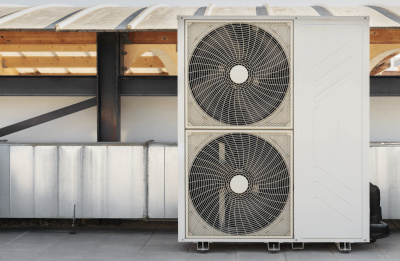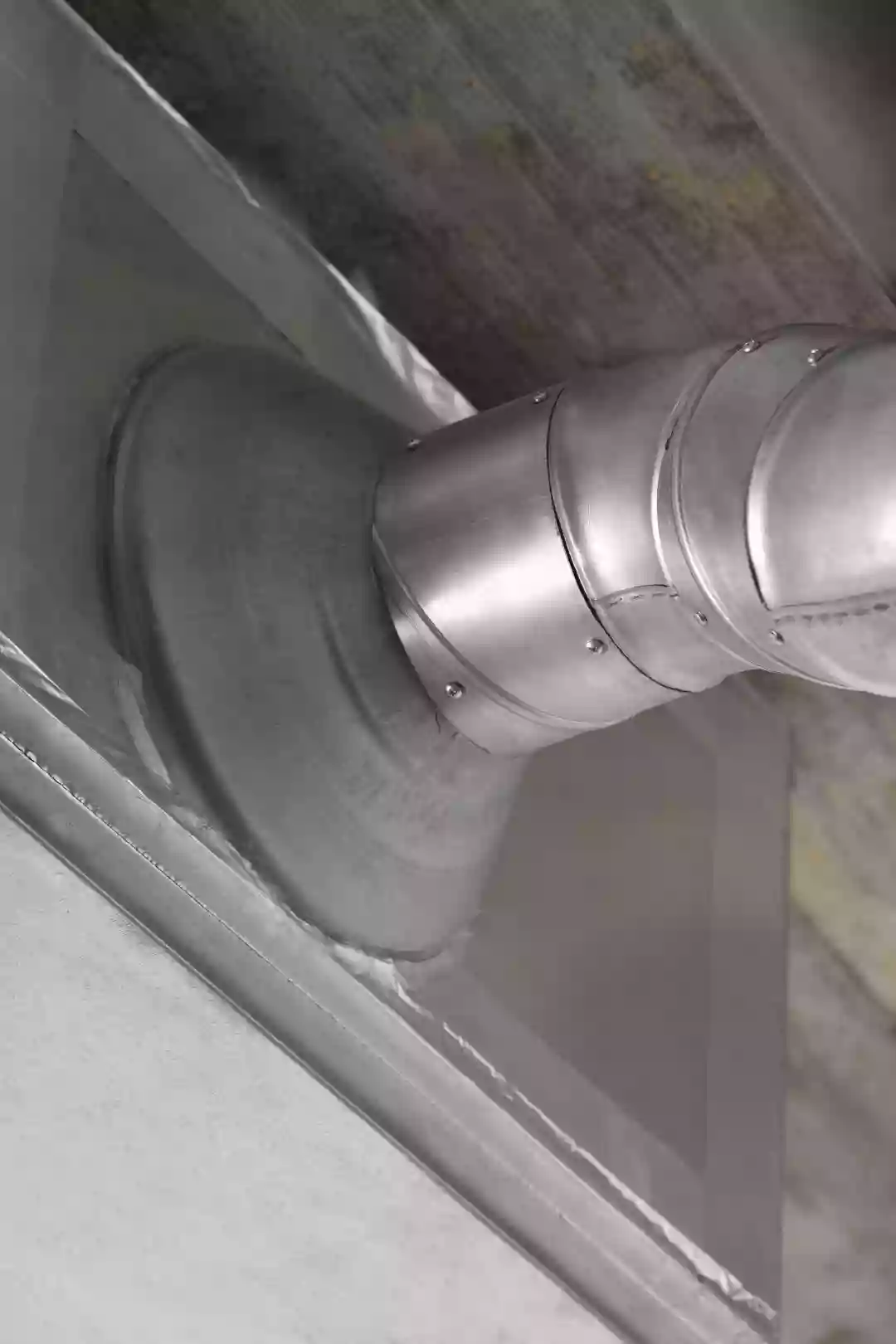Eczema
People who live in the home may experience major health problems as a result of ductwork that is covered in dust, grime, and debris. The service of having your air ducts cleaned may help you breathe easier and be healthier all around. This essay will examine the harm that dirty ductwork may bring to your health and how to avoid these problems. The disease known as eczema makes the skin red, itchy, dry, and scaly. Mild to severe variations are possible. Unclean ductwork contains dust and debris that can cause eczema flare-ups and aggravate the illness. This is because dust contains allergens that might cause an increase in skin irritation. Keep the air clean by routinely cleaning your air ducts and enhancing air circulation to lessen the symptoms of eczema. It's crucial to undergo an allergy test if you feel you may have an allergy since certain allergens can also cause eczema. Oral and topical medicines are also options for treating eczema.
What Happens When You Breathe In Dust?
A number of defence systems located in various parts of the respiratory tract defend the lungs. Particles in the air that are suspended enter the nose when someone breathes in, but not all of them make it to the lungs. The nose works well as a filter. The majority of big particles are stopped in it until they are mechanically expelled by sneezing or blowing one's nose. Some of the smaller particles are able to enter via the nose and into the lungs through the dividing air tubes and windpipe. These tubes are referred to as bronchi and bronchioles. Each of these airways has cells lining the interior. The mucus they produce traps the majority of the dust particles. The cilia - tiny hairs that cover the walls of the air passages - move the mucus upward and out into the throat. There, it is either swallowed whole or coughed up and vomited out.
Specialised cells known as macrophages target dust that enters the sacs and lower portions of the airways without cilia. These play a critical role in the lungs' defence. The air sacs are kept clean by them. Virtually swallowing the particles are macrophages. The macrophages then find their way to the ciliated portion of the airways in a manner that is not well understood. The macrophages that hold dust are moved to the throat by the wavelike movements of the cilia, where they are either ingested or spat out.

Need assistance finding ductwork cleaning near you?
Get a QuoteWhat Are The Lungs' Reaction To Dust?
The respiratory system's response to inhaled particles is strongly influenced by where the particle settles. Rhinitis, an inflammation of the mucous membrane, for instance, can be brought on by irritating particles in the nose. If the particle targets the larger airways, it may be possible to identify tracheal or bronchial inflammation. The most important reactions occur in the deepest parts of the lung. The end of the airways or the sacs are where particles that cannot pass through the nose or throat tend to collect. However, the macrophage system could not work properly if there is a lot of dust present.
The lungs are harmed when dust macrophages and dust particles gather in the lung tissues. The quantity and kind of dust present determines the severity of lung damage. For instance, macrophages that consume silica eventually pass away and emit toxins. These substances lead to the development of fibrous or scar tissue. This tissue is often used by the body to heal itself. But crystalline silica can result in so much scarring and fibrous tissue that it can impair lung function. The medical word for this condition, which results in the growth of fibrous tissue and scarring, is fibrosis.
Contact Dermatitis
An allergic reaction to a material or direct touch with it might result in the itchy rash condition known as contact dermatitis. Despite not being communicable, the rash may be quite unpleasant. You must recognise and avoid the source of your response in order to properly cure contact dermatitis. The rash often goes away in 2 to 4 weeks if the offending chemical is avoided. You might try using a cold, moist towel to calm your skin and other self-care techniques.
When you come into contact with something that irritates your skin or sets off an allergic reaction, you might develop contact dermatitis. The material could include one of the tens of thousands of allergies and irritants that have been discovered. People commonly experience both allergic and irritating responses at the same time. The most typical kind of contact dermatitis is irritating. When an allergen harms the outer, protective layer of your skin, a non-allergic skin response occurs. After just one exposure, some people might become sensitive to powerful irritants. After being regularly exposed to even moderate irritants, like soap and water, some people may develop a rash. Additionally, some patients gradually build up a tolerance to the medication. An itchy rash, leathery patches, hyperpigmentation, dry, cracked, and scaly skin; bumps and blisters, crusting; swelling, burning and tenderness.
Hypersensitivity Pneumonitis
You might not think that breathing in dust poses a serious risk, but for certain people, it can result in hypersensitivity pneumonitis, a lung disease. There may be symptoms like coughing and shortness of breath as a result of an allergic response to dust particles. You can get well quickly if you get treatment and avoid breathing in the allergen. In order to get rid of the things you're allergic to, your immune system, which acts as your body's defence against infections, often generates inflammation in your lungs. The inflammation eventually ceases.
However, in certain "hypersensitive" individuals, the lungs continue to be inflamed, leading to hypersensitivity pneumonitis symptoms. Your lungs can recover if you discover it early and avoid breathing in further particles. If you repeatedly breathe them in, your lungs may remain inflamed, scarring may form, and it may become hard to breathe properly. In practically every location you often visit, including your house, workplace, and others, you might breathe in bothersome particles. Before you develop an allergy to them, it can take months or years. Since many hypersensitive pneumonitis cases go undiagnosed or are misdiagnosed as other lung conditions like asthma, it is difficult to estimate how many cases there are.
Having dirty ducting can result in a number of major health problems. The dust and debris that builds up in your ducts can result in major health issues including hypersensitivity pneumonitis, eczema, respiratory disorders, contact dermatitis, and more. You may assist in lowering these dangers and preserving the cleanliness and health of your house by routinely cleaning your air ducts and enhancing air circulation.
In this article:
